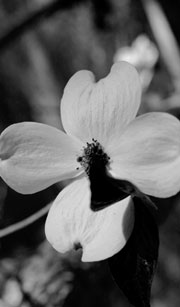 |
||
 |
||

 |
• HOME • GENERAL STORE • NATURAL HERITAGE • HISTORY, CULTURE & CRAFTSMANSHIP |
||||
|
Natural Heritage
• Trees & Shrubs of the Ozarks |
|||||
| Trees & Shrubs Index • Oak • Hickory • Walnut • Catalpa • Loblolly Pine • Red cedar • Elderberry • Sumac • Sassafras • Persimmon • Osage-orange • Mulberry • Witch Hazel • Sarvisberry • Dogwood • Redbud • Crape Myrtle • Mimosa Natural Heritage Index • Fishing • Hunting • Camping • Conservation • Bass Pro Blog • Hills & Hollows • Rivers & Lakes • Springs • Caves • Rocks & Fossils • Trees & Shrubs • Plants & Herbs • Hill Critters • Flyin' Critters • Water Critters • Snakes & Such • Forgotten Critters |
|||
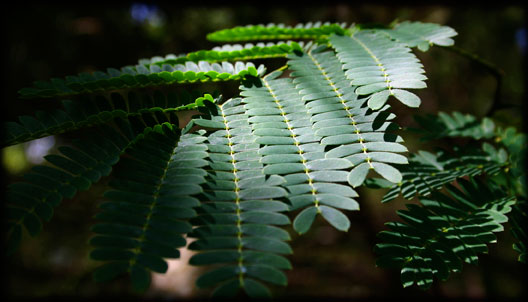
As one goes driving through the Ozarks at mid-summer, it is hard not to notice the trees. And of all the trees in these hills, one of the most attention-getting is, unfortunately, an unwanted and invasive species.
It is a beautiful, exotic-looking tree — covered at times with bright, feathery blossoms.
The mimosa (Albizia julibrissin) was imported into the present-day United States in 1745 (1).
The mimosa — a member of the legume family — is nitrogen fixing; its seeds are formed in long, flat beans; the leaves are composed of leaflet clusters.
In some ways, the tree closely resembles the honey locust (Gleditsia triacanthos), the redbud (Cercis canadensis).
All are members of the Fabaceae family.
Think fava bean to remember that name; and yes, all are related to edible bean species.
But the mimosa — unlike the honey locust and redbud — is clearly not native to North America. As an invasive species, the mimosa often displaces everything around it.
The tree species also grow in large groves throughout the Ozarks these days, particularly where the soil is dry and hard-packed, making the tree common along hard-packed roadsides. Mimosa occasionally take over glade regions.
And for folks hankering for a beautiful tree in their yard? Tempted to buy a mimosa?
The Center for Aquatic and Invasive Plants (University of Florida) recommends planting the serviceberry (Amelanchier arborea), redbud, dogwood (Cornus florida) or river birch (Betula nigra) in place of the mimosa.
That is pretty good advice, as the serviceberry, redbud and river birch all have important botanical histories in our region.
But the mimosa? It is a graceful, beautiful, exotic — and unwanted — immigrant to the Ozark region.
— by Joshua Heston
July 20, 2010
References
(1)
Source: Center for Aquatic and Invasive Plants, University of Florida, IFAS
Page: Mimosa
URL: http://plants.ifas.ufl.edu
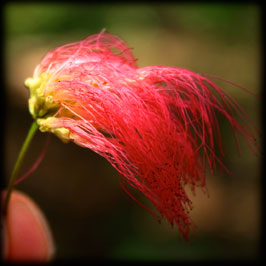
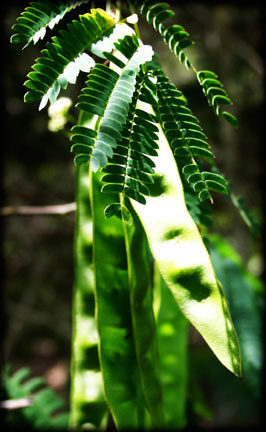
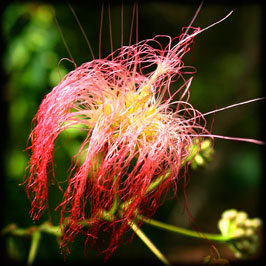
All photo credits: J. Heston. SOTO © Archive. August 6, 2009